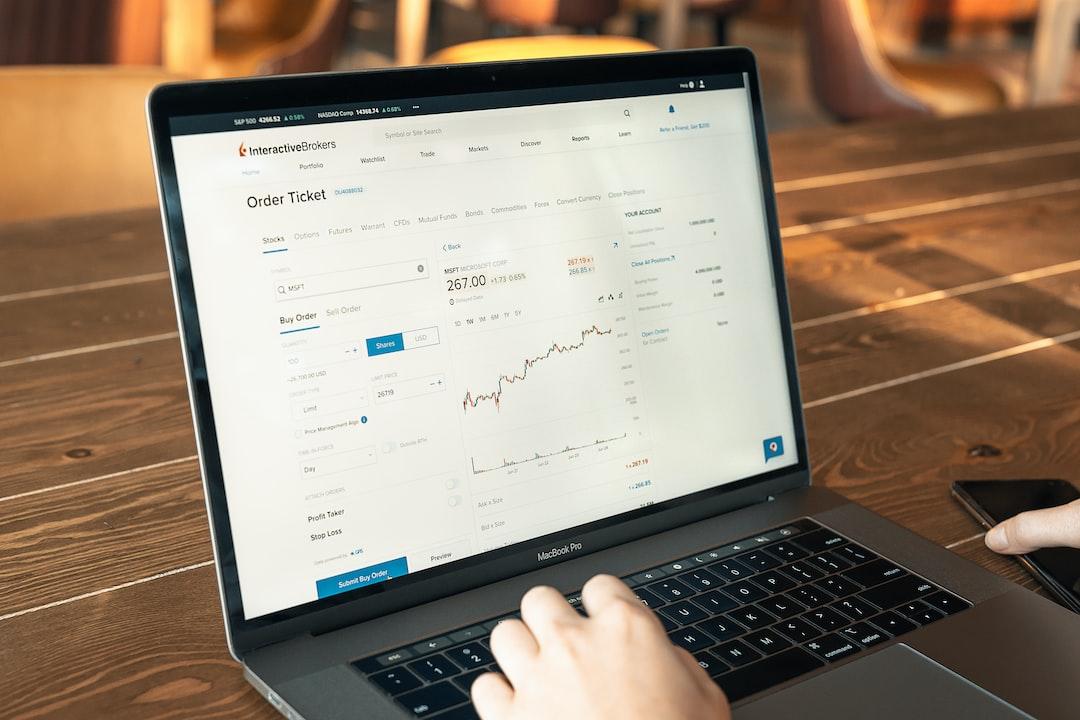Hong Kong’s spot Bitcoin exchange-traded funds (ETFs) are significantly underperforming their U.S. counterparts since their launch. According to data from Farside Investors, the three spot Bitcoin ETFs that debuted on April 30 in Hong Kong have only attracted $262 million in assets under management (AUM), with most of the subscriptions occurring before the listing. In contrast, U.S. spot Bitcoin ETFs saw billions of dollars flowing in during their launch in January.
These Hong Kong crypto ETFs, which are denominated in fiat currencies and allow for in-kind transfers, were expected to be significant improvements over their U.S. counterparts. However, they have fallen short in terms of investor interest. The first-ever spot Ether ETFs in the world, also launched in Hong Kong, have similarly failed to make a strong impression, amassing $54.2 million in AUM and $9.3 million in total inflows as of May 6.
Eric Balchunas, a senior Bloomberg ETF analyst, acknowledged the lower numbers for Hong Kong ETFs compared to the U.S., but pointed out that the $310 million AUM is equivalent to $50 billion in the U.S. market. He believes that in this context, the Hong Kong ETFs are already as significant to their local market as the U.S. ones are to theirs.
The Hong Kong equities sector, with a market cap of $4.5 trillion, is much smaller than the $50 trillion worth of listed equities across all U.S. exchanges. It is also less liquid due to slower economic growth in Mainland China since 2022.
A recent study by crypto exchange OSL revealed that nearly 80% of crypto-savvy investors in Hong Kong plan to invest in the new spot Bitcoin and Ether ETFs. However, these assets are currently inaccessible to Mainland Chinese investors unless they also hold Hong Kong residency. Researchers at SoSoValue commented that this restriction, along with the high management fees ranging from 0.85% to 1.99% annually, compared to the 0.25% average charged by U.S. issuers, may limit transaction volume and make the U.S. Bitcoin ETF more appealing to institutional investors in the long run.

